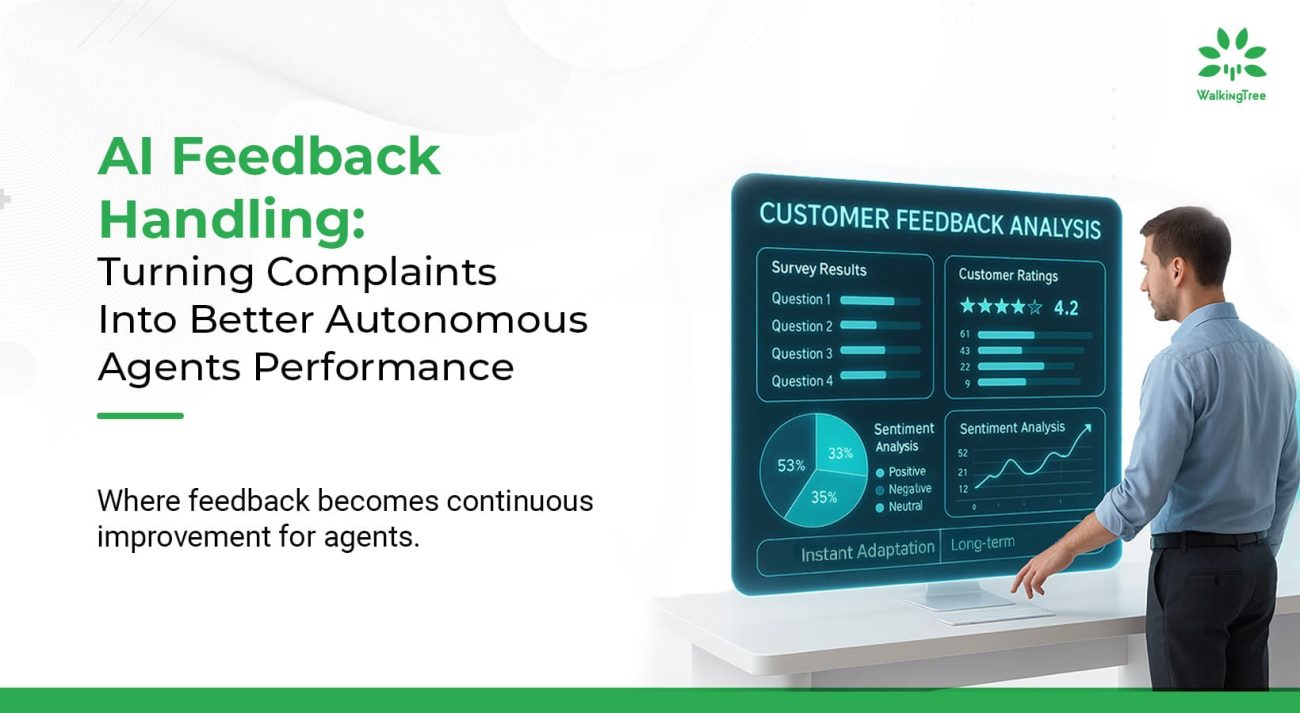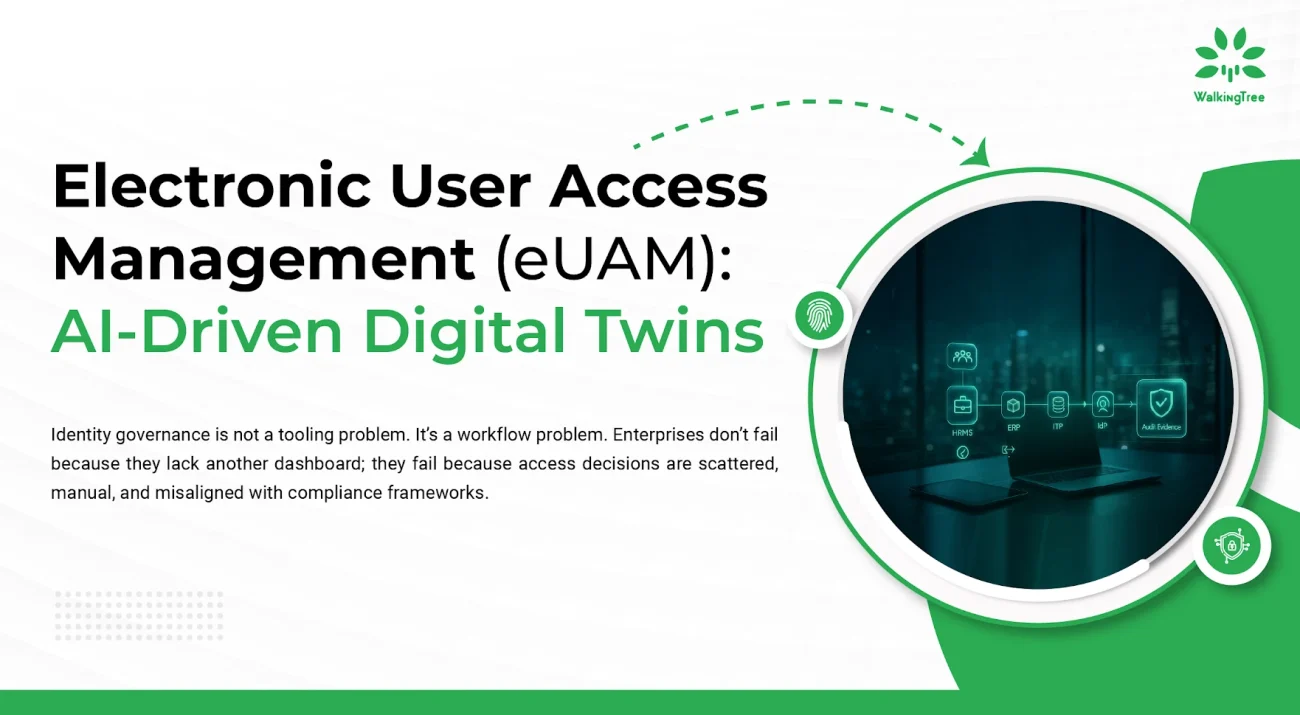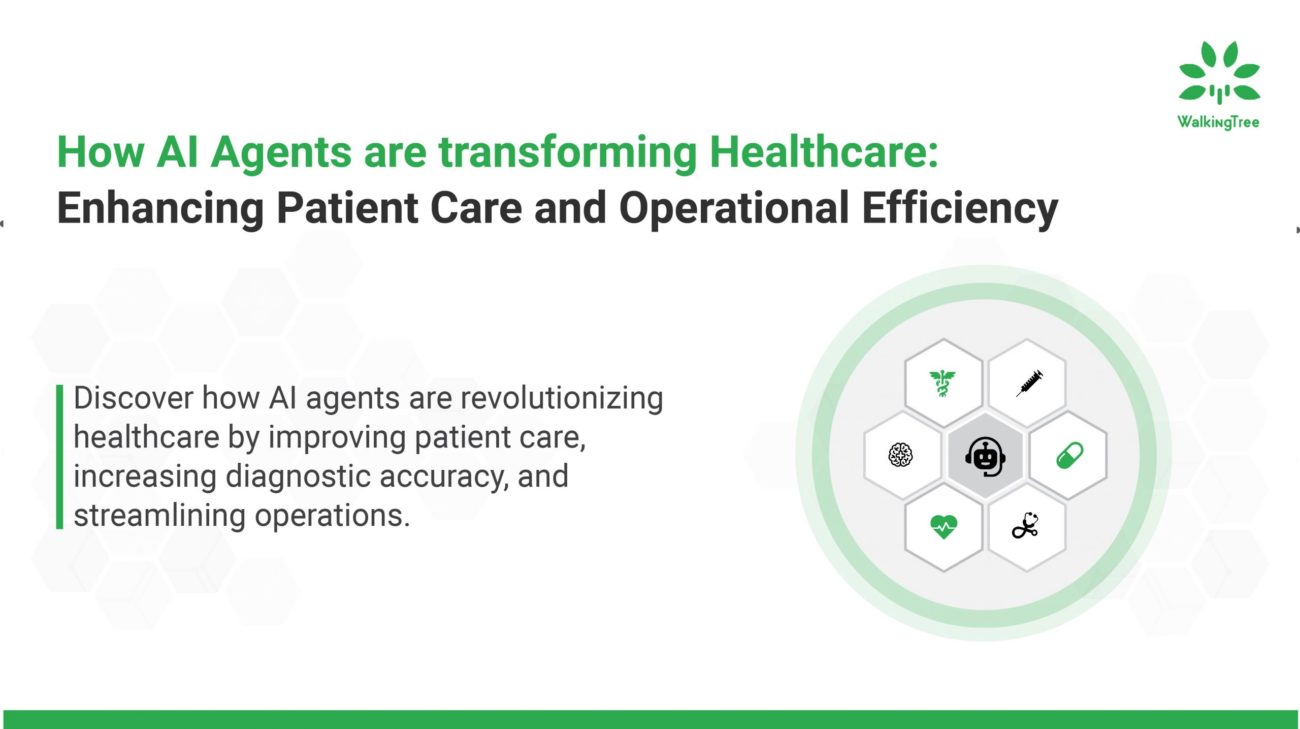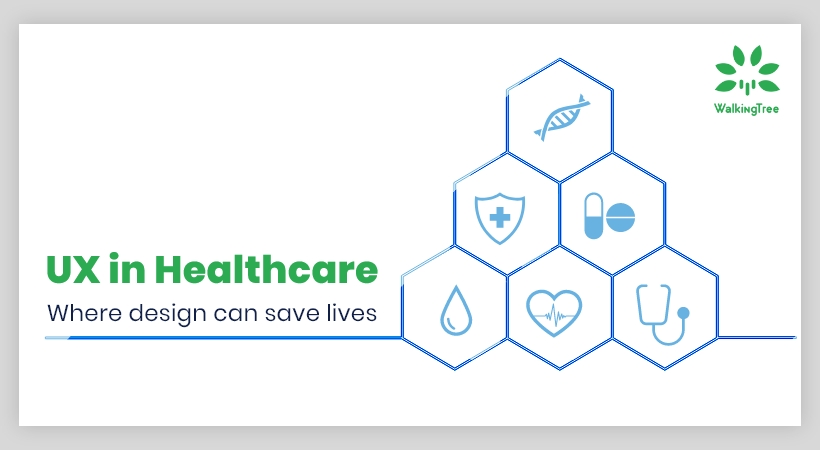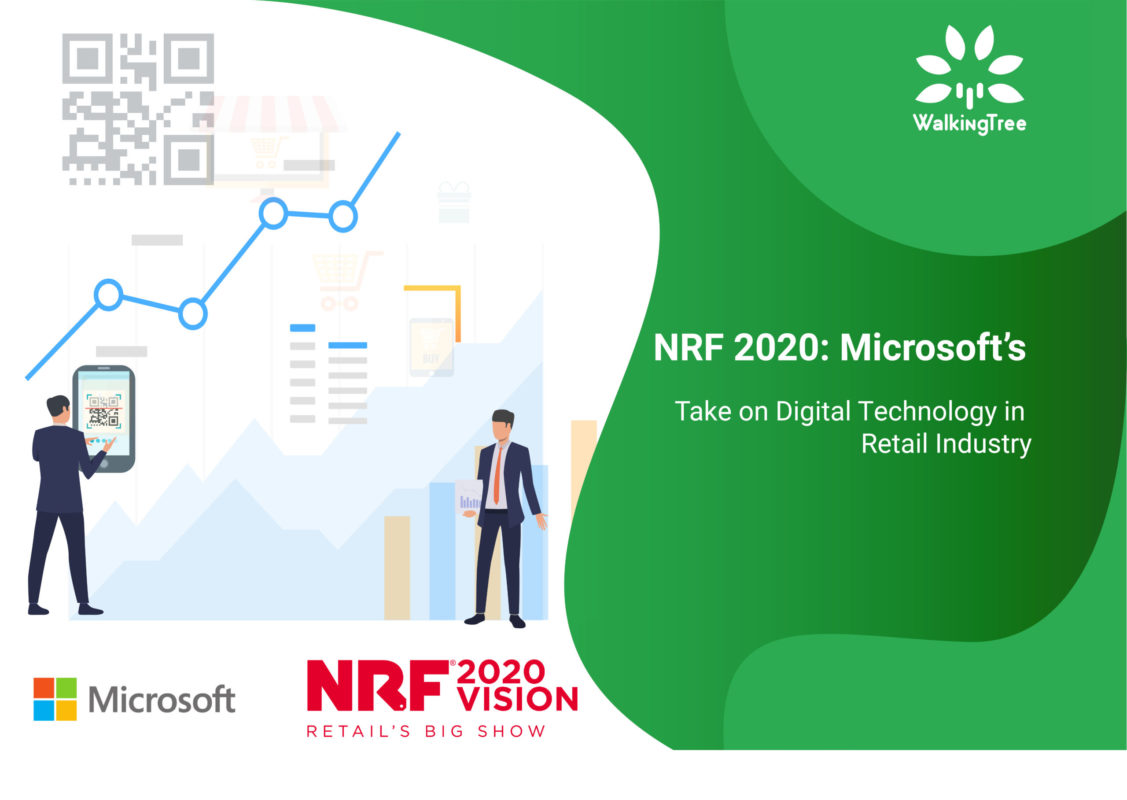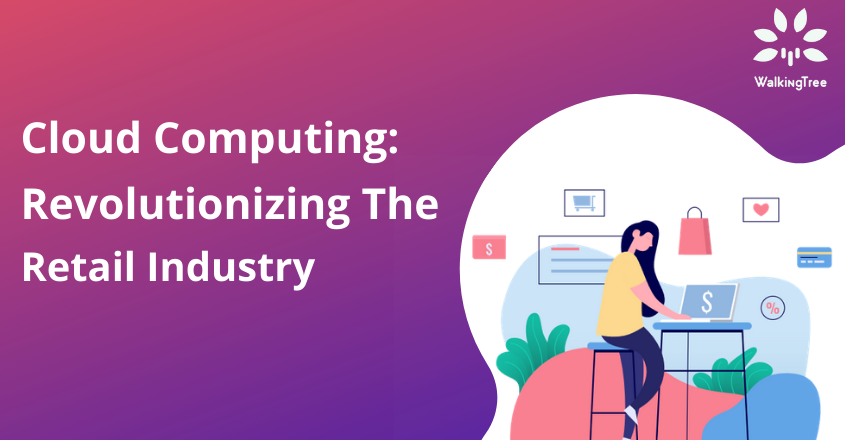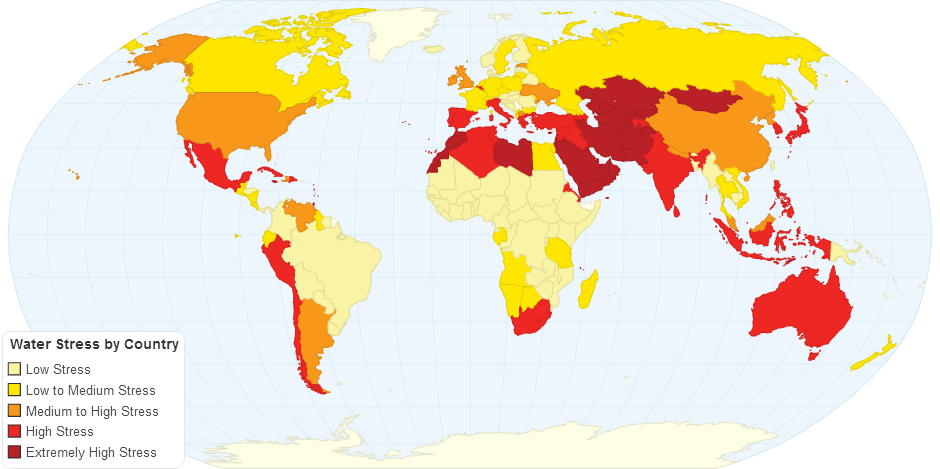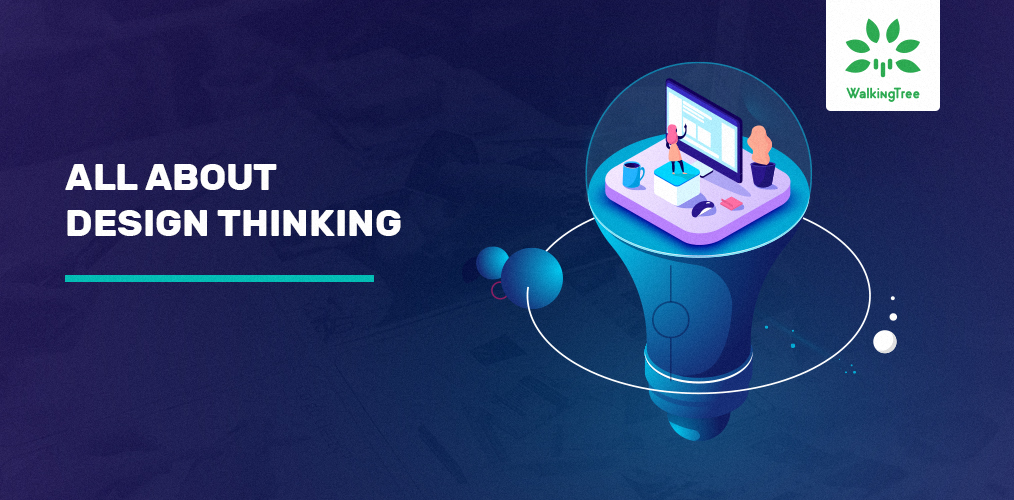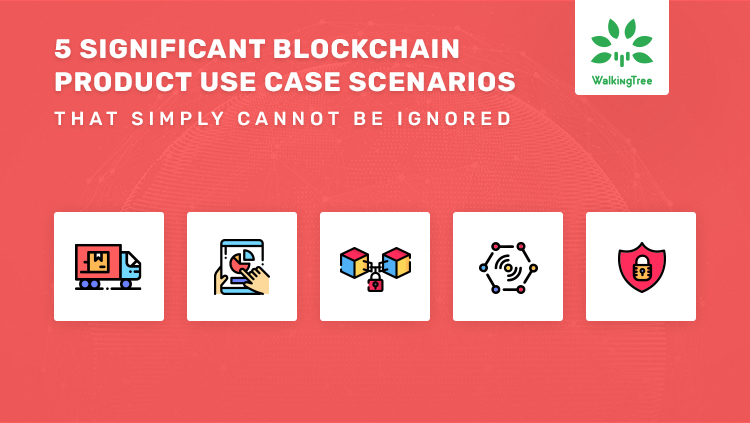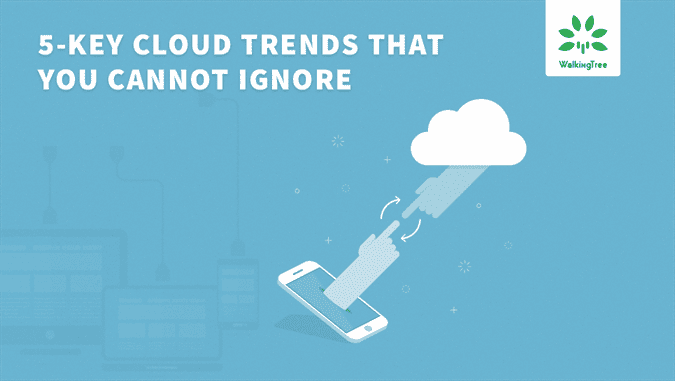Applying Design Thinking in Healthcare


Just twenty years ago everyday life wasn’t as it is today. Not every household had a desktop or laptop. Cell Phones were a luxury and something as easy as a doctor’s appointment was a long wait away. Today, however, is a different world altogether. Thanks to the advent of technology in almost all spheres of our life, we see how our daily routine has completely changed. This change is visible in healthcare too. Modern technologies are continuing to make era-defining impacts on medical treatment as a whole. The impact of healthcare applications, wearable devices, voice gadgets has completely changed the way we look at healthcare. All thanks to health apps, now booking a doctor’s appointment, monitoring a patient’s health and data has become much easier and can be easily operated by any age group, and the bonus point is that it also helps a person be more productive and active in their daily routine.
Where does Digital Healthcare stand in 2020?
According to the latest study, there are a total of 200,000+ applications out there in the market, and roughly about 200 new applications are being added to the App Store and Play Store on a daily basis. It is not just the doctors that provide healthcare but there are also many digital gadgets that can help us perform and live better.
With this growing technology in the healthcare sector, comes many challenges for the User Experience engineers. According to a survey, about 70% of buying purchases happen based on how satisfied the customer is with the look and feel of an application. Many companies are hesitating to make the change, although there are many startups and well-established firms who are recognizing it and are driving the change. When it comes to healthcare apps, the design should mostly be focusing on the needs and not necessarily what people want.
Keeping this in mind, let’s dive into the top 5 digital healthcare trends and what kind of design thinking is needed.
-
Wearables
Digital watches have surely replaced analog watches. As of now, 5 out of 10 people you see out there have a digital watch on their wrist. Digital wearables are mostly used to check messages and time or keep a track of regular activities. Most of the digital watches out there can track your heartbeat, the number of steps taken by you in a day, sleeping monitor and some of them can even show your daily calorie intake.

UX Challenge
The challenge for a User Experience architect is to make sure that the data displayed is accurate and easy to understand by all age groups. Digital watches are small in size and hence only limited information can be displayed there. Whether it’s the time, heartbeat or steps taken, everything should be accurately presented in simple terms. Complex designs used in mobile/ web applications cannot be repeated in this case. In most cases, information and accuracy should be prioritized.
-
AR & VR
Virtual reality has a true potential to grow in the coming years and various industries such as gaming, retail and automotive have already started implementing it. But did you know that VR can also be used in the healthcare sector? Let’s admit it, many of us are afraid of needles. Hospitals around the globe have started using Virtual Reality in order to distract a patient and help them come out of a scary medical treatment.
Augmented reality is opening up new opportunities in the healthcare sector. AR technology can help a doctor study, and perform surgeries with more accuracy and ease. It is expected that a lot more AR & VR projects are upcoming this year.

UX Challenge
AR & VR technologies are still a new thing for everyone out there and hence the goal is to keep a patient entertained and create an environment of trust and safety within them. The challenge is also to create a combination of both reality and digitized content to gain user attention.
-
Voice-Activated Technology
Smart voice devices are being used in home and work, you can do simple to-do tasks or play music by giving simple commands to the machine by voice. Increasingly voice-activated technology is being used in the healthcare sector as well. A hospitalized or a bed-ridden person at home can turn on the television, play music and even turn off lights without any assistance from a nurse or a family member, and we can even set daily reminders for medication and the best part is that it provides 24×7 support to the patients, isn’t that super convenient?
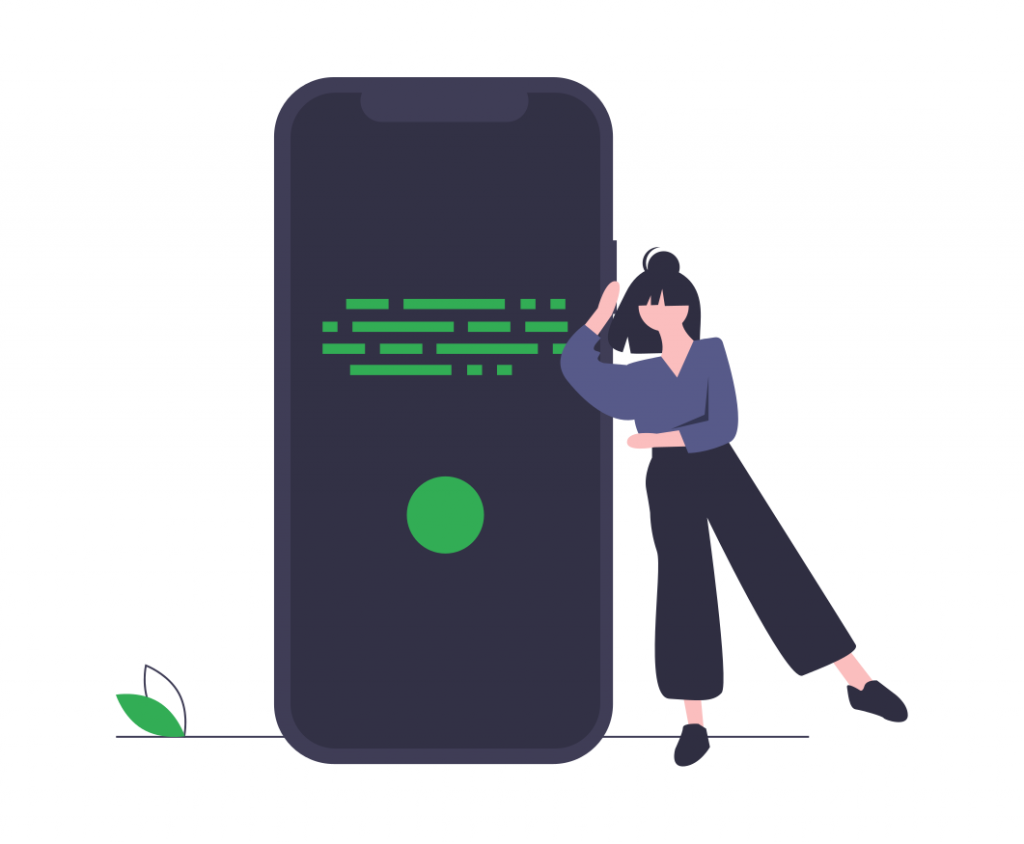
UX Challenge
Voice interaction is considered as the biggest UX challenge. Interpretation of commands with voice interface is a key concern for a UX architect, understanding the user’s intent and constantly interpreting, noting down a user’s interest, summarize and sometimes even giving suggestions, and of course not to forget the privacy concern of a user. Our choice of words is the only way to influence people since there is no visual cue to serve as a guide, and hence close attention must be paid to these factors.
-
Mobile Healthcare
Mobile healthcare is one of the most important innovations in the digital healthcare world. It helps caretakers have systematic data and medical history of a patient to help them perform better and on the other hand, it equally helps a patient as well. Thanks to mobile health apps, now contacting a doctor or a caretaker are just a few clicks away. The majority of the people you see out there have at least one health app installed on their smartphone.

UX Challenge
The core requirements for a mobile health app are useability, security, and support. Designers should be aware of the laws governing health care transactions and the most important thing to remember is to not take an app too complicated with extra and unwanted features. The idea is to keep the application simple, easy to understand with minimum loading time.
-
Telemedicine
Imagine this situation, you badly want advice from a doctor but you don’t have time for a doctor’s appointment. How can you communicate with a doctor without actually being physically present in the clinic? This is where Telemedicine comes into the picture. Telemedicine is a new concept in digital health care, where doctors and patients can interact from any part of the world with the power of the internet, isn’t it amazing? Patients can either chat or video call with a doctor and get updates on their health, this is super convenient for both the parties.
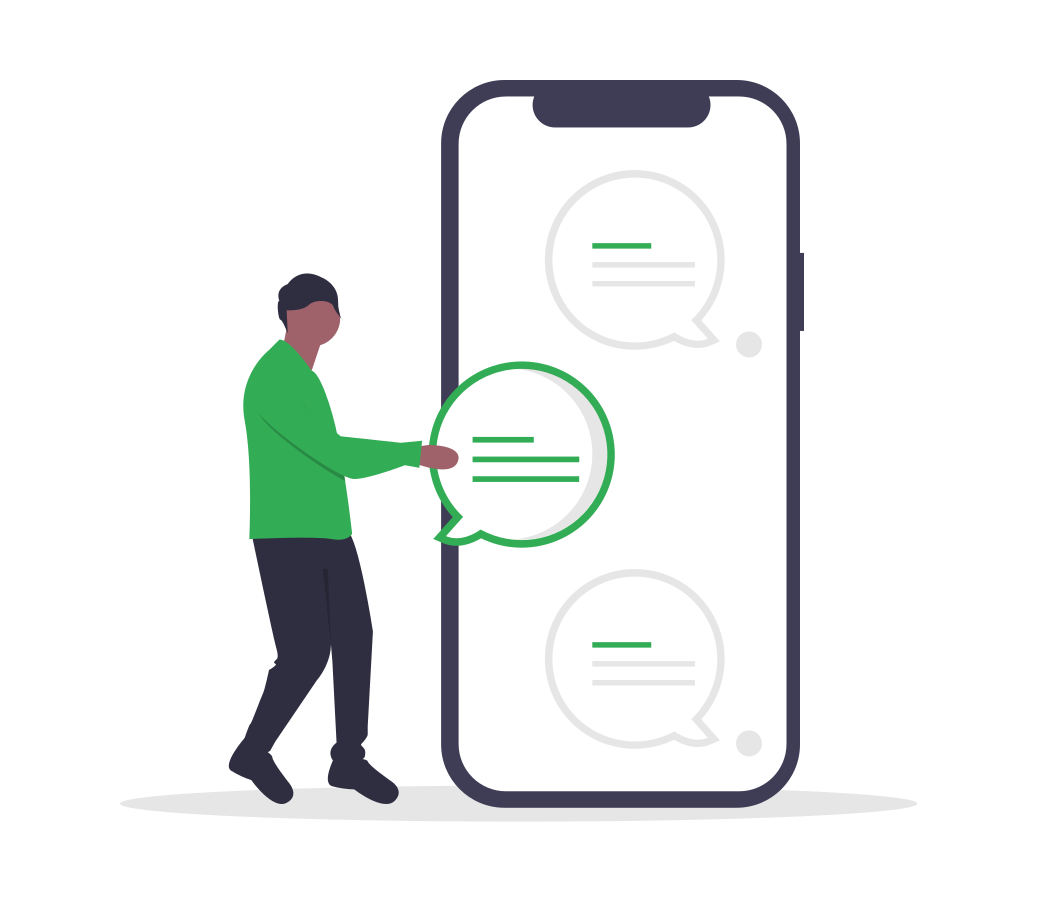
UX Challenge
The main focus of a designer should be to create a feeling of personal touch since there is no face-to-face communication with a doctor, the app should be easy to use without any bugs or issues while chatting or video call.
Digital health care is emerging and it has the full potential to change the way we look at healthcare in the coming years. Voice-activated technology, blockchain records, telemedicine are some of the examples of this emerging technology. Well, this decade just started and a host of new technologies will be available in the future. All the latest trends mentioned above point to a healthier and more productive future.
Further, health care is a sensitive area and it has to be thought out carefully; in all aspects. While our technology team has been building applications for the experience across the devices, we strongly believe and recommend to get the UX right. The repetitive process of empathizing with users, doing the exhaustive user research and coming up with number of ideas to choose your solutions from and finally creating prototypes to validate your solution is a much needed step for trusting your digital device in the health care.
If you are solving a challenging problem, do reach out to us and we would love to help!

